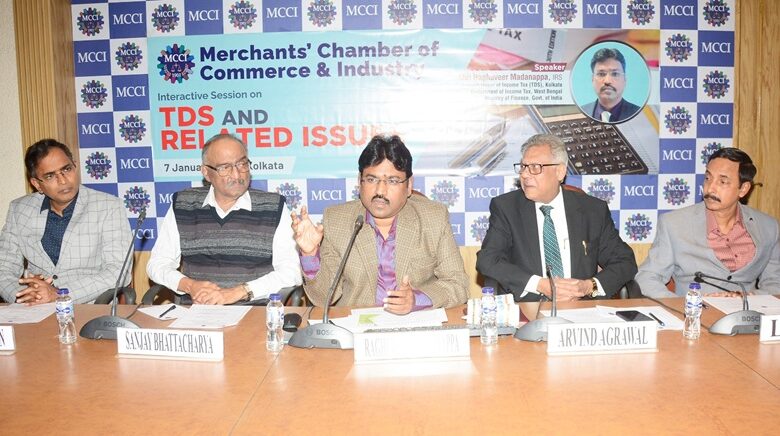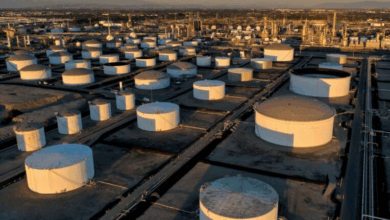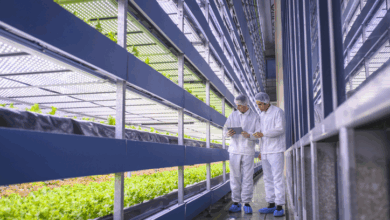
Merchants’ Chamber of Commerce & Industry organised Interactive Session on ‘TDS and Related Issues’, today at Conference Hall of MCCI.
Shri Raghuveer Madanappa, IRS, Commissioner of Income Tax (TDS), Kolkata, Department of Income Tax, West Bengal, Ministry of Finance, Govt. of India addressed the today’s Session.
In his address Shri Madanappa said that recently introduced Sections – 194N is not applicable if accounts are maintained with multiple banks, and combined cash withdrawals exceed Rs. 1Crore. The Section 194O (E-Commerce Sale) is not applicable to transactions on recognized stock exchanges / clearing houses and e-auctions.
Shri Madanappa also mentioned that the provisions of section 194Q shall not apply to a non-resident whose purchase of goods from seller resident in India is not effectively connected with the permanent establishment of such non-resident in India. Collection Amounts for the section 194Q in FY 23-24 registered at INR 288.3 crore.
He also highlighted that analysis of agreements between multi-retail stores and manufacturers / sellers, whether items are being sold at pre-fixed margin shared between large format stores and brand owner/manufacturer – whether TDS is to be done u/s 194I (if retailer only provides space) or 194H (agreement is of the nature of commission).
Shri Madanappa deliberated thatthe Finance Bill proposes a reduction in TDS rates under various sections, including 194D, 194DA, 194G, 194H, 194-IB, 194M, and 194-O. These rates are being reduced from 5% to 2%, with TDS under section 194O being reduced from 1% to 0.1%. These changes are effective from October 1, 2024, except for section 194D, which takes effect from April 1, 2025.
He further added that new TDS section 194T was inserted to bring payments such as salary, remuneration, commission, bonus and interest to any account (including capital account) of the partner of the firm under the purview of TDS for aggregate amounts more than Rs 20,000 in the financial year.
Shri Madanappa also pointed out that under section 206C(12) no collection of tax shall be made or that collection of tax shall be made at such lower rate in respect of specified transaction, from such person or class of persons, including institution, association or body or class of institutions, associations or bodies, as may be notified by the Central Government in the Official Gazette, in this behalf.
Shri Arvind Agrawal, Chairman, Council on Direct Taxes, MCCI in his Opening Address spoke about TDS relief for the salaried class. It was stated that from 1st January, 2025 TDS statement will reflect the net TDS/TCS benefit on eligible income. Now salaried taxpayers will be able to see how much benefit of lower TDS they got in the TDS certificate statement from Q4 2024-25 onwards.
MCCI has represented to the Union Government regarding payment to partners for partnership/LLP Rs. 20,000/- is too small a threshold limit which will affect the small firms.
Shri Agrawal referred that a recent Public Interest Litigation (PIL) filed in the Supreme Court, which sought to scrap the TDS system. The plea challenges the TDS system as arbitrary & irrational and claims that imposition of TDS violates fundamental rights and burdens taxpayers with substantial administrative costs. He requested Commissioner to deliberate in this topic.
The Session was concluded with Closing Remarks, proposed by Shri Sanjay Bhattacharya, Co-Chairman, Council on Direct Taxes, MCCI .
(This story has not been edited by News Mania staff and is published from a Media Release)






